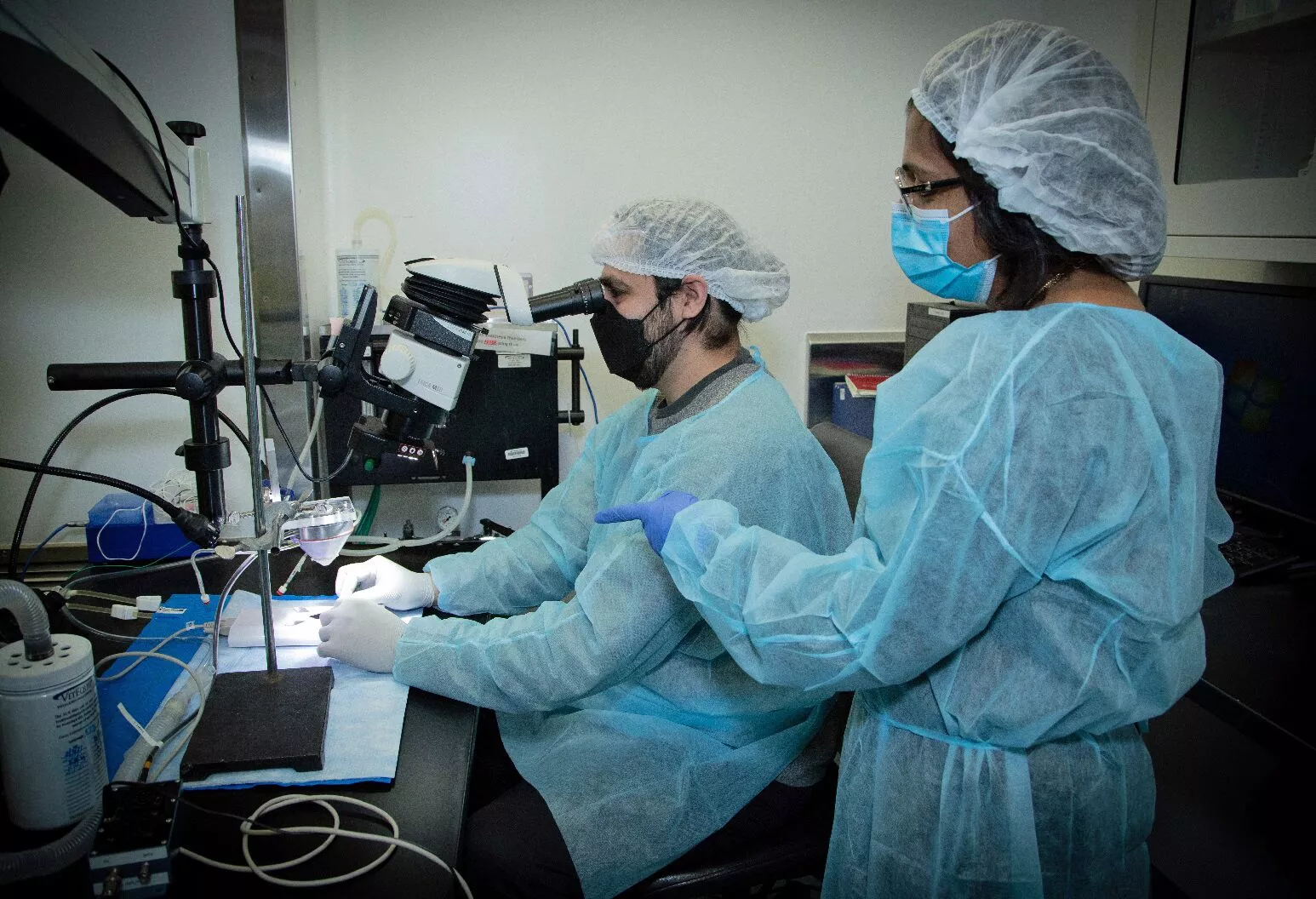Obesity is one of the most pressing health problems in the world today, but a new study suggests a potential non-invasive treatment. In tests in mice, researchers found that directing ultrasound pulses to the liver helped reduce a number of markers associated with obesity.
In the study, scientists from Feinstein Institutes for Medical Research and GE Research built on previous work that suggested ultrasound pulses could be used to stimulate the peripheral nervous system to reduce inflammation. Since chronic low-grade inflammation is implicated in many of the metabolic issues driven by obesity, the team investigated whether this technique could be used to treat the condition and its associated complications.
To find out, the researchers conducted tests in mice. One group of animals was fed a high-fat, high-carb Western-style diet, while the control group ate a healthier diet of fewer fats and carbs. As expected, the mice on the Western diet gained more weight over an eight-week period.
From week nine, mice on both diets were split into two groups – one received daily pulses of peripheral focused ultrasound (pFUS) stimulation to their livers, while the others received a placebo. This phase lasted another eight weeks.
The results were fairly striking. The team found that mice on the Western diet that didn’t receive the stimulation continued to gain weight between weeks 9 and 16. But the Western-fed mice receiving pFUS treatment were found to perform better in a few different metrics. They showed less weight gain, reduced their weekly food intake, had less abdominal fat tissue buildup, and showed healthier levels of several metabolic and inflammatory markers in their blood.
Meanwhile, the team saw little difference in any of these factors between the control-diet groups, whether they received the ultrasound stimulation or placebo.
The team says that this treatment could be used to help manage obesity and related chronic conditions, such as diabetes and metabolic syndrome. They don’t anticipate any ill side effects, but of course further work will be needed to verify that.
“The latest breakthrough … builds on previous work by GE, demonstrating that peripheral ultrasound induced nerve modulation is capable of regulating critical neurons involved in glucose regulation, food intake and metabolism,” says Victoria Cotero, co-principal investigator on the study. “From diabetes to now obesity, we are showing the future potential of this platform as an alternative to drug treatments to treat these chronic conditions.”
Of course it’s still very early days for the research, having only been conducted in mice so far. There’s no guarantee that the results would carry across to humans, but given the ubiquitous use and non-invasive nature of ultrasound, it should be a relatively simple path to clinical trials.
The research was published in the journal Scientific Reports.
Source: Northwell Health




